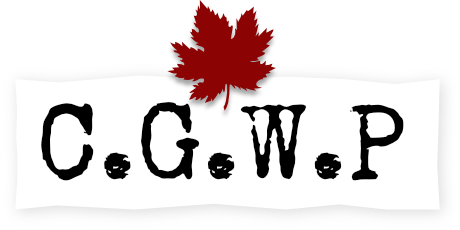
Brigadier-General Andrew George Latta ’Andy’ McNaughton
PERSONAL INFORMATION
MILITARY INFORMATION
- Brigadier-General (Army). 1918-11-10 to 1920-01-01
- Major (Army). 1914-09-22 to 1915-10-21
- Major (Army). 1914-09-22 to 1915-10-21
Distinguished Service Order
Description: For conspicuous gallantry and devotion to duty as a counter-battery staff officer. He carried our daring reconnaissances, and observed the enemy's batteries from an exposed position under very heavy fire. On one occasion he crossed the enemy's lines in low flying aeroplane, obtaining valuable information as to the enemy's batteries. He rendered most valuable service during a long period.
Date of award: 1918-02-04
Source: London Gazette No. 30507, pg. 1600, citation in London Gazette No. 30780, July 5, 1918, pg 7890
Companion of the Order of St Michael and St George
Date of award: 1919-06-03
Source: London Gazette No. 31370, pg. 6791
RESEARCH INFORMATION
Graduate of McGill University, McNaughton attracted attention and won steady advancement largely on the basis of his organizational skills and application of scientific principles to techniques such as sound ranging and barrage fire. Twice wounded, three times Mentioned in Despatches, by war's end he had been awarded the Distinguished Service Order (DSO) and was a Brigadier General. On 1 January 1929 McNaughton is a Major General and Chief of the Canadian General Staff.
Read more: http://en.wikipedia.org/wiki/Andrew_McNaughtonCommanded the Canadian Corp in the second World War:
General Officer Commanding First Canadian Infantry Division from 1939 to 1940, First Canadian Corps from 1940 to 1942, General Officer Commanding-in-Chief First Canadian Army from 1942 to 1943, Minister of Defence from 1944 to 1945. Andrew McNaughton graduated in physics and engineering from McGill University in Montreal (B.S., 1910, M.S., 1912). Enlisted in the Militia and promoted a Provisional Lieutenant on 4 May 1909, then on 22 September 1914, to the 4th (7th) Battery as a Major of the Canadian Expeditionary Force in the Field Artillery. Applying his scientific knowledge to artillery, he is rapidly promoted and on 10 Nov 1918 , he is a Brigadier General Royal Artillery ( Heavy) Canadian Corps France. Principle architect for the Artillery barrage that made Vimy Ridge a success. Almost discharged from the CEF in 1915 for cutting down trees on Salisbury Plain to provide footing for horses (but depriving the local fox of cover). General Andrew George Latta McNaughton CH, CB, CMG, DSO, PC (25 Feb 1887-11 July 1966) was a Canadian Scientist, Army Officer, Gunner, Cabinet Minister and Diplomat who died at age 78 and is buried in Beechwood Cemetery Ottawa Sec 53 Lot 21S
At the time of birth, Saskatchawan was considered part of the North West Territories. Died: Montebello (Quebec) July 11, 1966
McNaughton's satchel is part of the collection of the Canadian War Museum. Image.
[Major Army Canadian Field Artillery 4th Battery Major Army Canadian Field Artillery 7th Battery Brigadier General Army Canadian Garrison Artillery Canadian Corps Heavy Artillery General McNaughton became a Wartime Brigadier General in charge of the Canadian Heavy Artillery on 10 Nov 1918 but reverted back to his Substantive or Pre War Rank of Lieutenant Colonel on 1 Jan 1920 Distinguished Service Order For conspicuous gallantry and devotion to duty as a counter-battery staff officer. He carried our daring reconnaissances, and observed the enemy's batteries from an exposed position under very heavy fire. On one occasion he crossed the enemy's lines in low flying aeroplane, obtaining valuable information as to the enemy's batteries. He rendered most valuable service during a long period. Companion of the Order of St Michael and St George ]